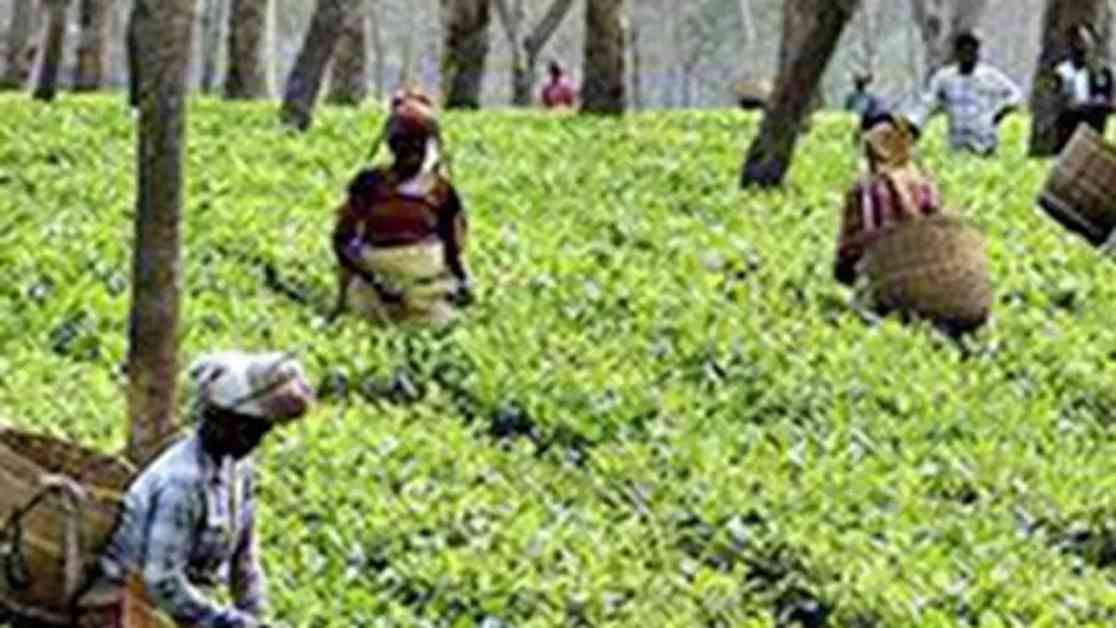India’s Tea Production Hits 4-Year Low at 1,284 Million kg
India, known for its rich tea culture and vast tea plantations, faced a significant setback in its tea production in 2024. The country’s tea output plummeted to a four-year low, totaling 1,284 million kilograms (mkg). This decline, amounting to 7.8% compared to the previous year’s production of 1,394 mkg, was a result of adverse weather conditions impacting key tea-producing regions in both the northern and southern parts of India.
Dips in Northern and Southern Growing Regions
The data released by the Tea Board highlighted the stark decrease in tea production across major states in India. The northern region saw a substantial decline of approximately 100 mkg, translating to nearly 8.5%, with an output of 1,057.98 mkg in 2024 compared to 1,156.98 mkg in 2023. Meanwhile, the southern region experienced a dip of about 10 mkg, equating to almost 4.17% of the total output at 226.80 mkg as opposed to 236.68 m kg in 2023.
Darjeeling Down
In Assam, which stands as the largest tea-producing state in India, production fell by 5.6%, totaling 649.84 mkg in 2024 compared to 688.33 mkg the previous year. West Bengal, another significant tea-producing state, witnessed a 14% decrease in total output, recording 373.48 mkg in 2024, down from 433.54 mkg in 2023. Specifically, the Dooars region in West Bengal reported a decline to 209.43 mkg from 237.71 mkg, while Terai saw its production drop to 158.45 mkg from 189.82 mkg. The iconic Darjeeling region also experienced a decrease in tea production, falling to 5.60 mkg from 6.01 mkg the year before.
Challenges in South India
R. Sanjith, Secretary-General of the United Planters’ Association of Southern India (UPASI), shed light on the challenges faced by the southern tea-producing regions. He emphasized that the most significant drop in output occurred during the second quarter from April to June, attributing it to an acute drought situation that severely impacted the tea-growing areas. Despite efforts to recover, the adverse effects of the drought lingered, resulting in a substantial loss of production that could not be compensated for in subsequent quarters.
Sanjith elaborated on the struggles faced by South India, stating that the tea production declined in both the second and third quarters of 2024, ultimately leading to a 9.88 mkg reduction in the annual crop. He highlighted the severe crop loss of nearly 21.18 mkg during the April-June 2024 quarter, which was primarily due to irregular rainfall and a drought-like situation characterized by excessive heat in May 2024.
As a result of these challenges, South India’s tea production dropped by 2% to 163.92 mkg, with Kerala witnessing an 8.4% decline at 58.38 mkg and Karnataka experiencing an 18.6% decrease at 4.50 mkg.
In conclusion, the tea industry in India faced a tumultuous year in 2024, grappling with adverse weather conditions that significantly impacted production in key regions. The decline in tea output serves as a reminder of the delicate balance between nature and agriculture, highlighting the resilience required by tea growers to navigate such challenges in the future.























